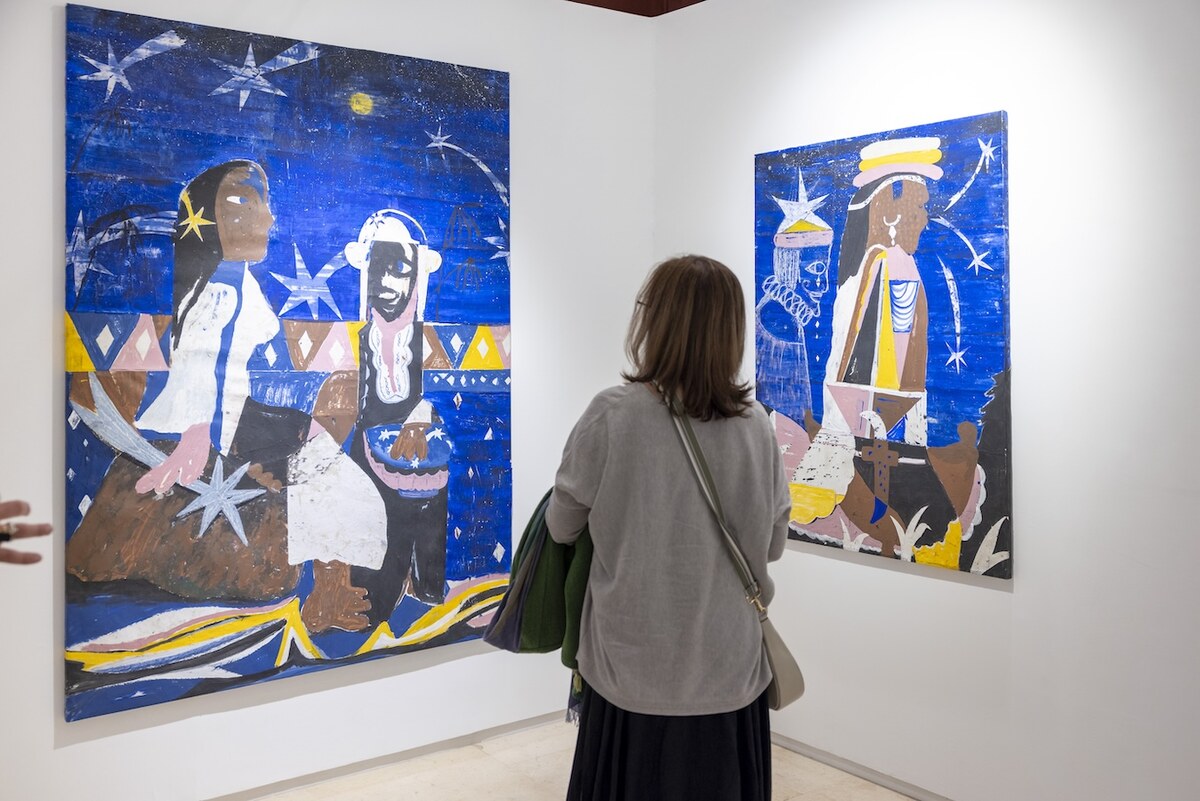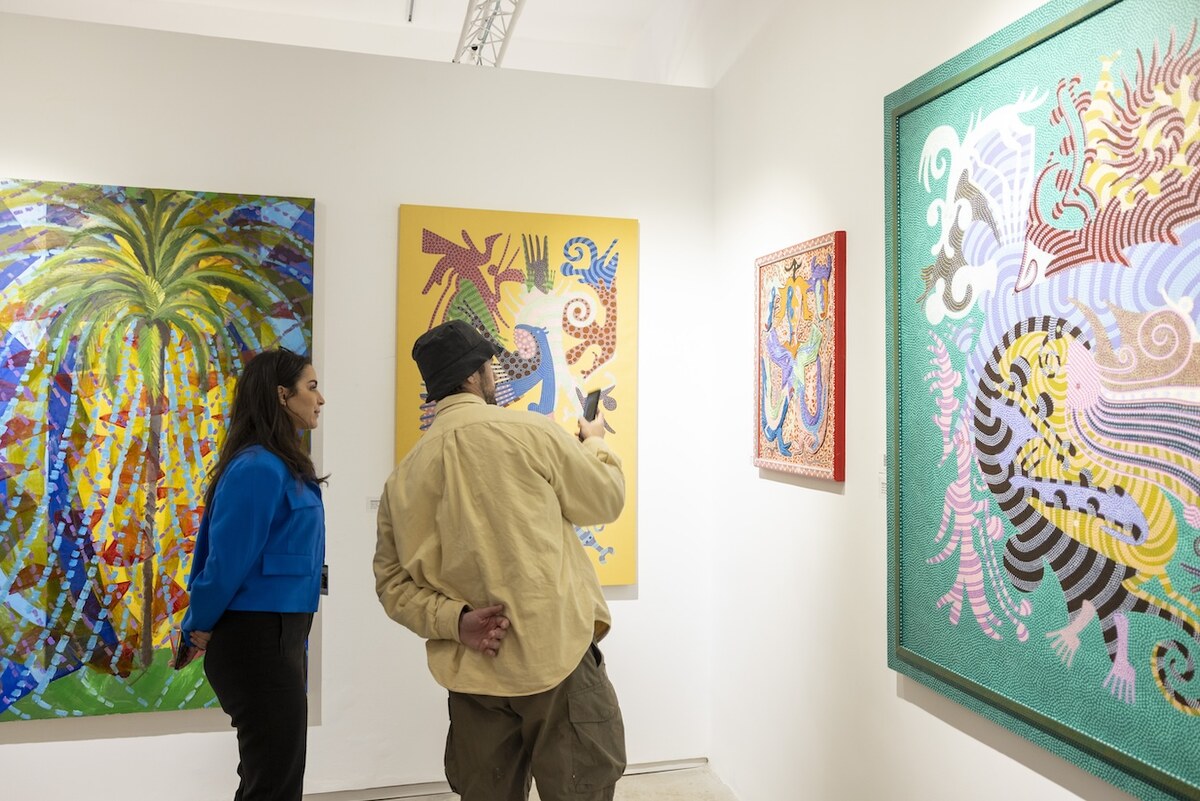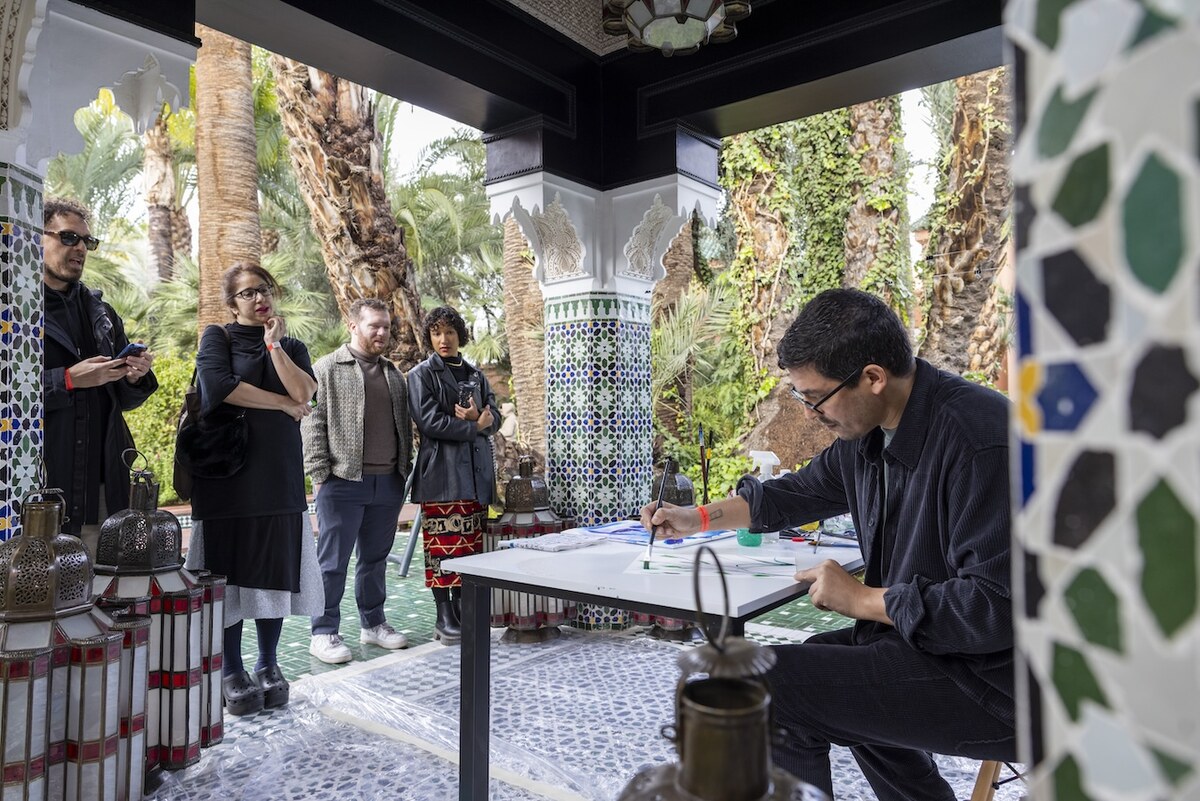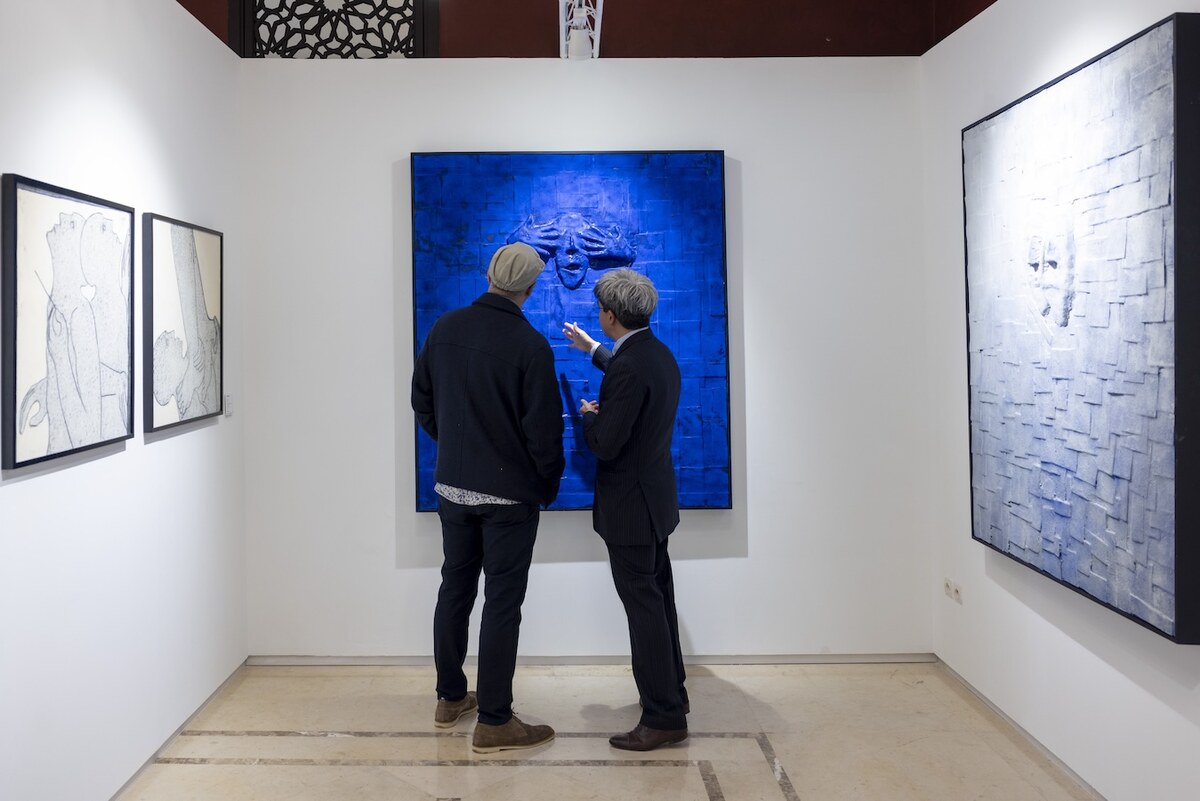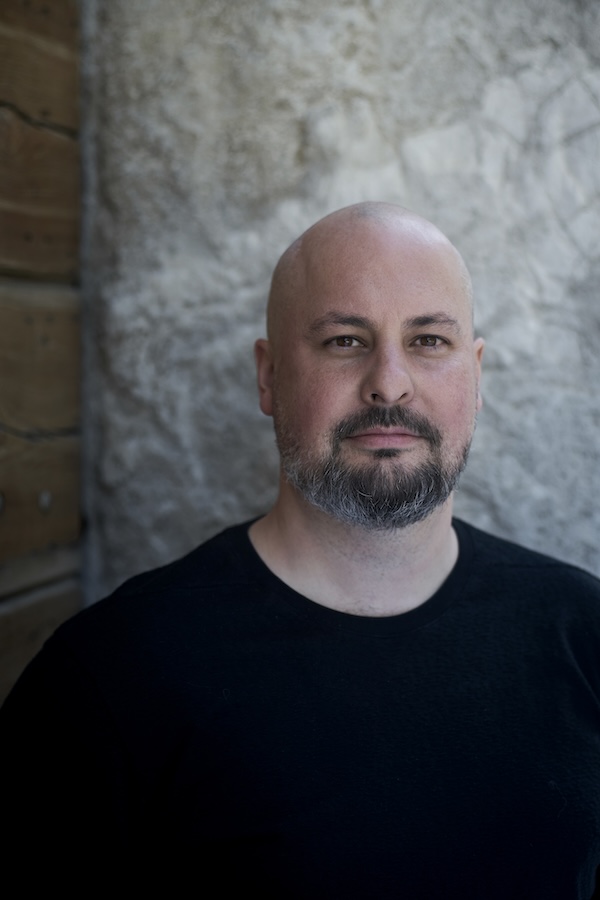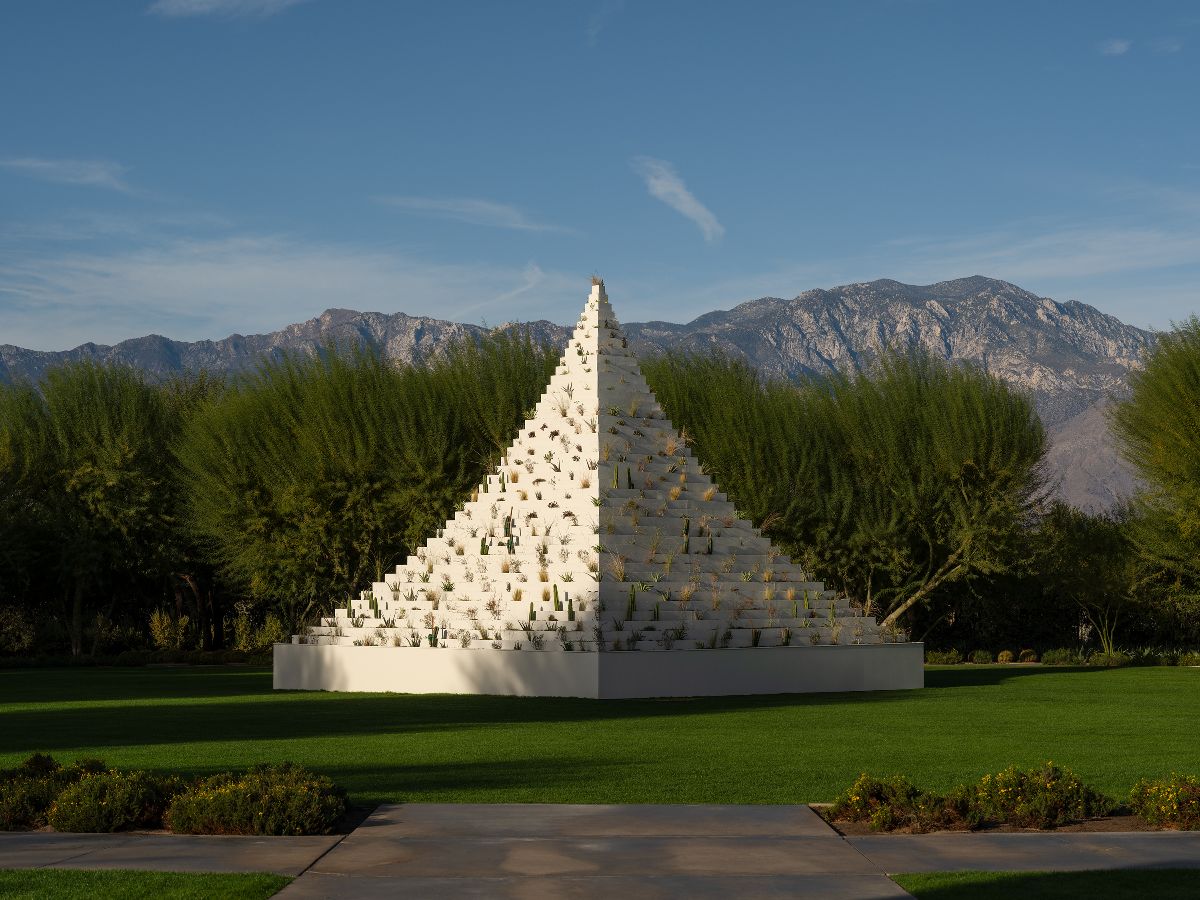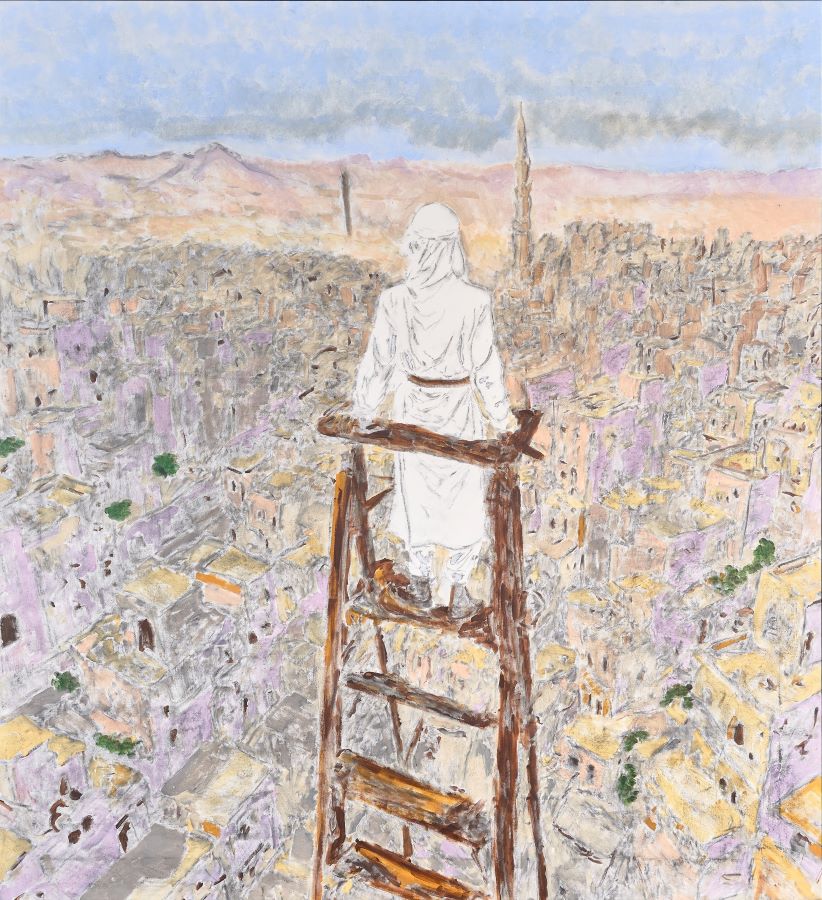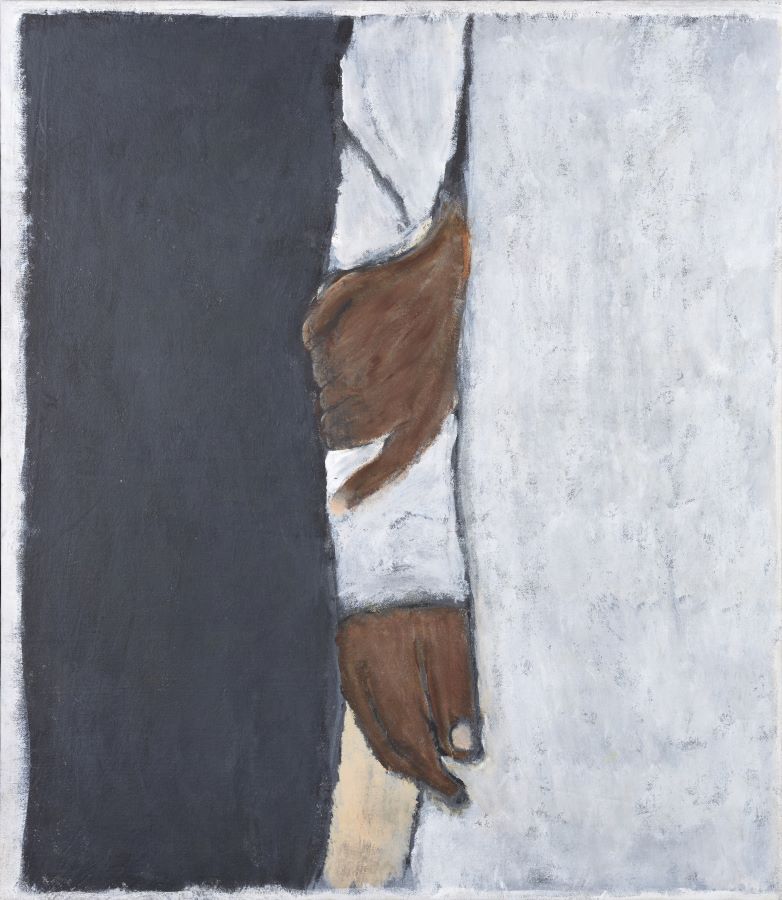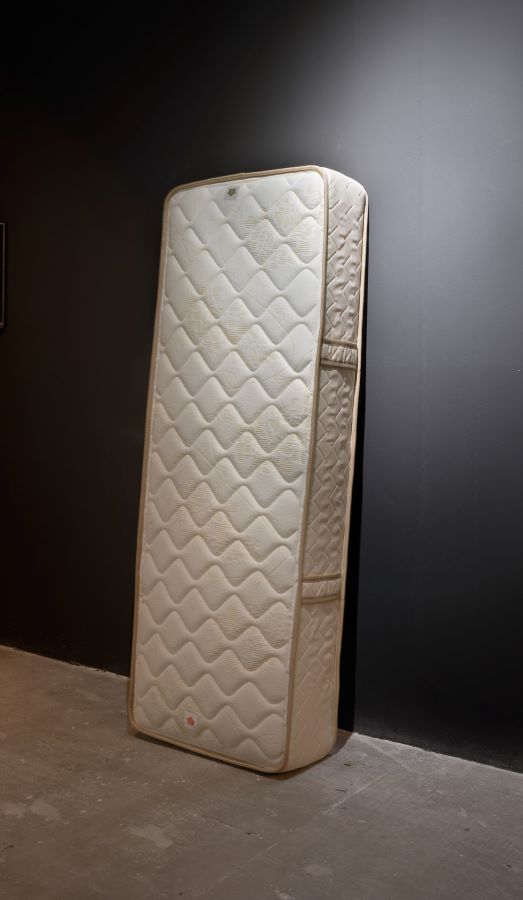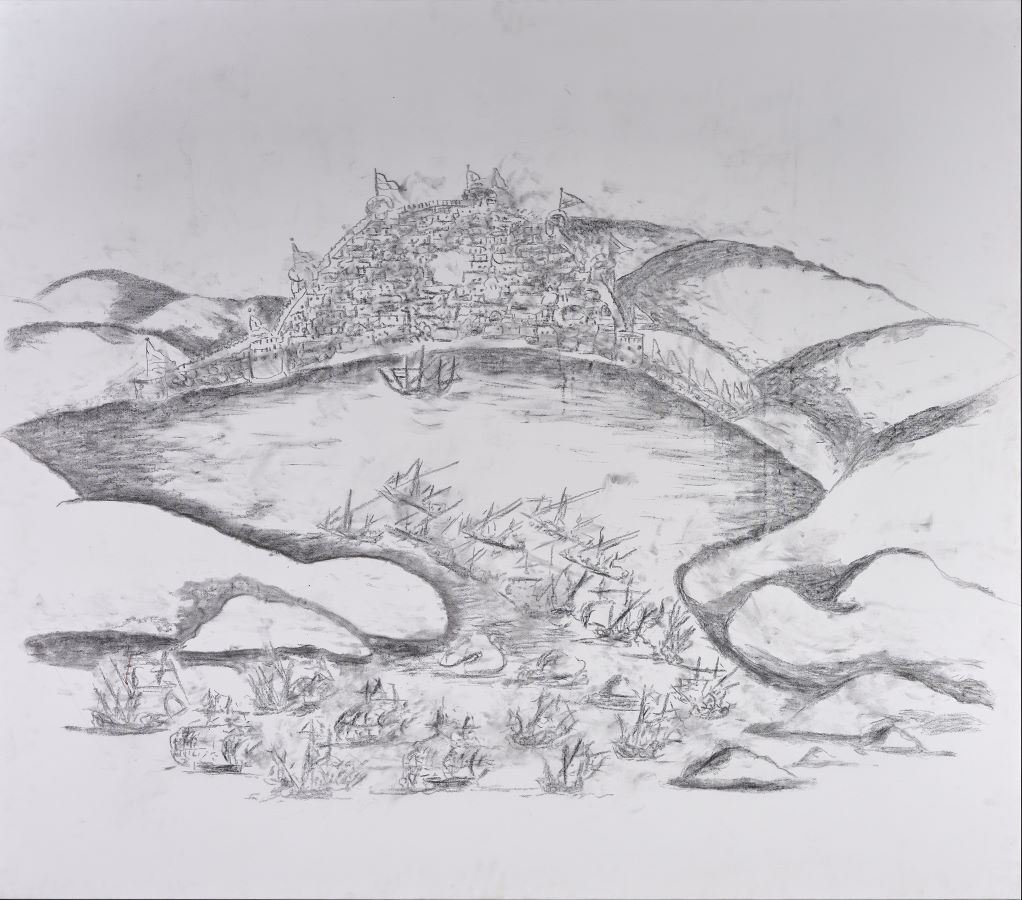RIYADH: The 14th Gulf Theater Festival kicked off in Riyadh, marking a grand return after an eight-year hiatus.
For the first time since 1988, the festival is being hosted in Saudi Arabia, celebrating a rich legacy of Gulf theatrical collaboration.
The event, running from Sept. 10 to 17, brings together artists, performers, and cultural figures from across the Gulf Cooperation Council nations to promote regional artistic exchange.
Held at the Princess Nourah bint Abdulrahman University Theater, the festival commenced with an opening ceremony that featured prominent figures from the Gulf and Arab theater scenes.
As part of the proceedings, the festival will include a series of competitive theatrical performances, workshops, and discussions aimed at enhancing production and collaboration.
The event also honors creative minds, recognizing their contributions to the art form with a series of awards.
Speaking on behalf of Saudi Minister of Culture Prince Badr bin Abdullah bin Farhan, Sultan Al-Bazie, CEO of the Theater and Performing Arts Commission, highlighted the festival’s significance.
“The festival is a night of Gulf culture, celebrating theater as a platform for creativity that has enriched cultural memory and fostered collaboration between our sister nations,” he said.
Al-Bazie also emphasized the support the cultural sectors receive from Saudi Arabia’s leadership, noting that the festival reflects the Kingdom’s vision for advancing the Gulf theater scene.
“The event aligns with our commitment to creating a thriving Gulf cultural landscape that enhances national identity, encourages dialogue with the world, and boosts the economic sustainability of the arts,” he added.
In an exclusive comment to Arab News, Al-Bazie shared his hopes for the future of the festival.
He said: “The festival returns after an absence of eight years and is held periodically among the GCC countries.
“It will continue to grow stronger and greater and evolve into institutional work to promote aid, theatrical production, training, and joint efforts. These are all hopes we aim to achieve in the coming years.”
With its rich blend of performances, lectures, and cultural exchange, the Gulf Theater Festival is expected to solidify Riyadh’s role as a central hub for regional artistic collaboration.
The event not only revives long-standing traditions but also paves the way for a more sustainable and dynamic future for Gulf theater.









